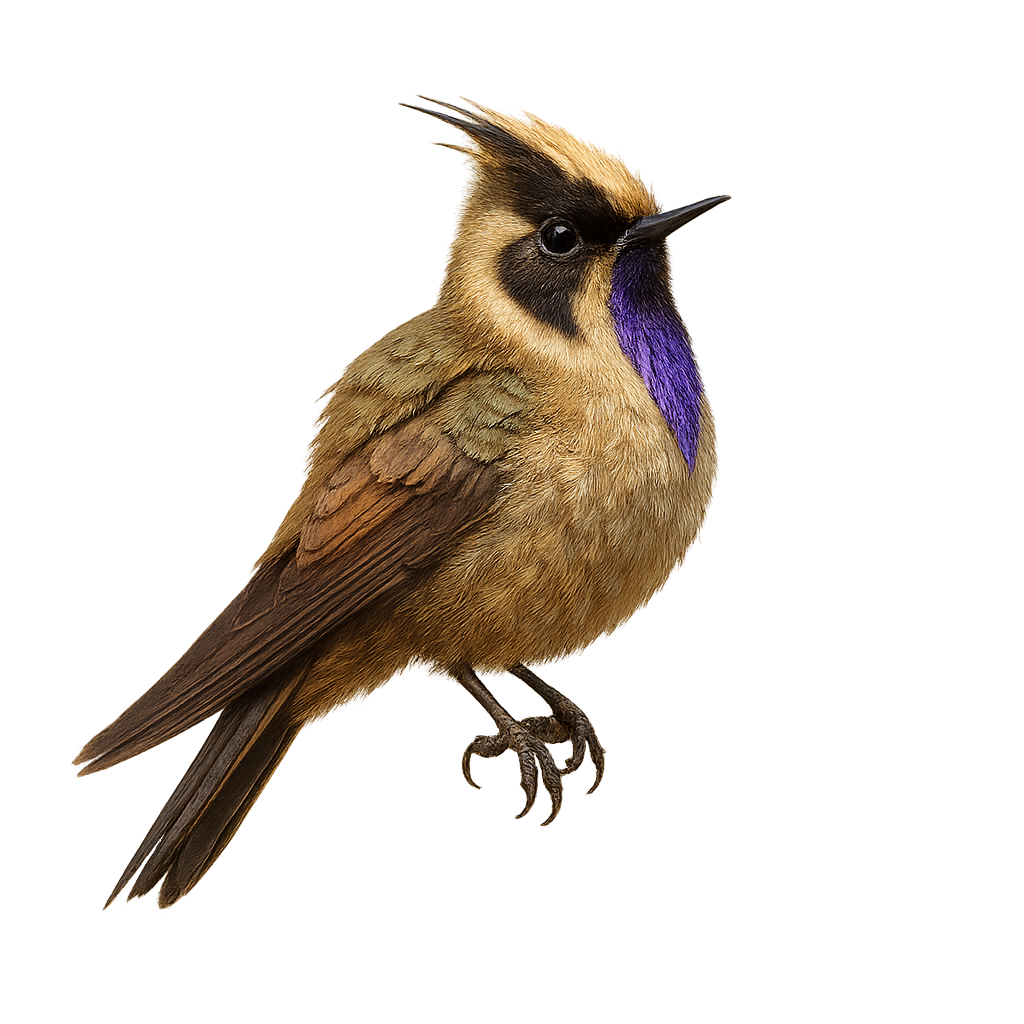Your wildlife photography guide.
Explore the stübel's hummingbird in detail, study its behavior, prepare your shots.
Where to observe and photograph the stübel's hummingbird in the wild
Learn where and when to spot the stübel's hummingbird in the wild, how to identify the species based on distinctive features, and what natural environments it inhabits. The WildlifePhotographer app offers tailored photography tips that reflect the stübel's hummingbird’s behavior, helping you capture better wildlife images. Explore the full species profile for key information including description, habitat, active periods, and approach techniques.
Stübel's Hummingbird
Scientific name: Oxypogon stuebelii

IUCN Status: Near Threatened
Family: TROCHILIDAE
Group: Birds
Sensitivity to human approach: Suspicious
Minimum approach distance: 10 m
Courtship display: January to March
Incubation: 18-20 jours
Hatchings: January to April
Habitat:
Páramos, cloud forests
Activity period :
Primarily active during the day, with peak activity in the morning and late afternoon.
Identification and description:
The Stübel's Hummingbird, or Oxypogon stuebelii, is a hummingbird species endemic to the Colombian Andes. This small bird is notable for its striking crest and white facial feathers that form a beard-like appearance. Its plumage is primarily metallic green, with iridescent highlights that catch the sunlight. It inhabits the páramos, high-altitude ecosystems characterized by cool temperatures and strong winds. The Stübel's Hummingbird feeds mainly on nectar, which it gathers by hovering from flower to flower, but it also supplements its diet with small insects. Although its habitat is relatively restricted, it is well adapted to the harsh mountain conditions.
Recommended lens:
400mm – adjust based on distance, desired framing (portrait or habitat), and approach conditions.
Photography tips:
To photograph the Stübel's Hummingbird, it's advisable to use a 400mm lens or longer to capture the details of its iridescent plumage without disturbing it. The lighting conditions in the páramos can vary, so adjusting the ISO settings for proper exposure is helpful. Opt for times of the day when the light is soft, such as morning or late afternoon. Be patient and discreet to observe its natural behavior, and use a tripod to stabilize your camera during extended shooting sessions.
The WildlifePhotographer App is coming soon!
Be the first to explore the best nature spots, track rutting seasons, log your observations, and observe more wildlife.
Already 1 432 wildlife lovers subscribed worldwide

